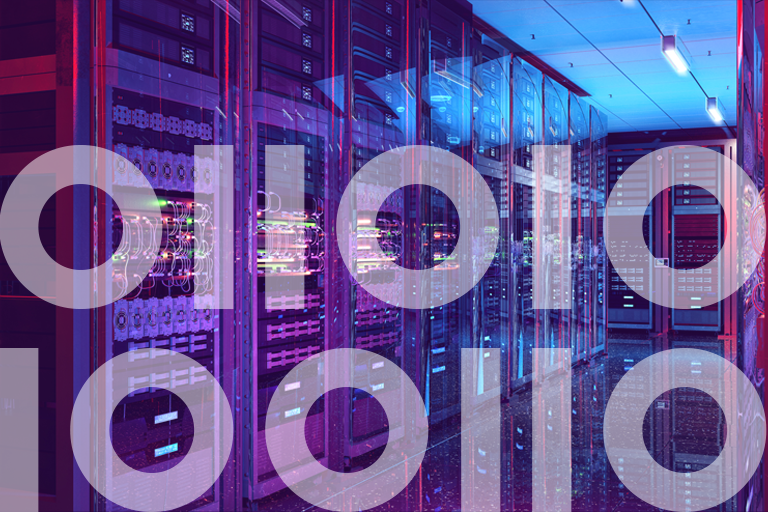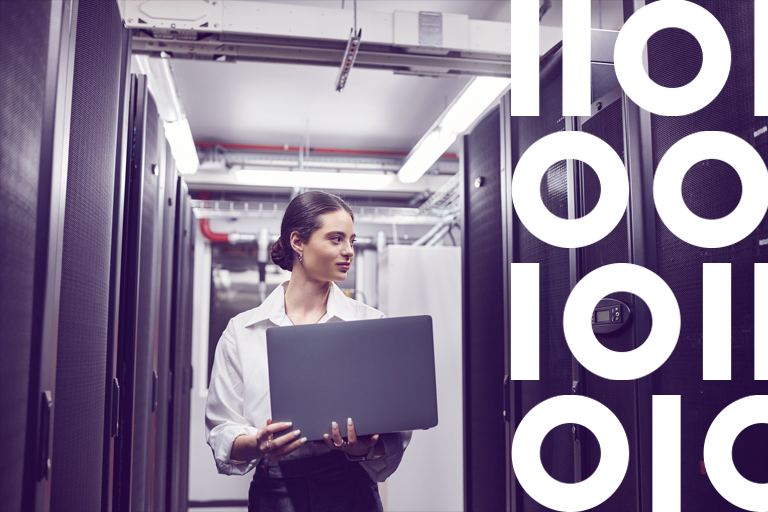Mainframes originated in the 1950’s – longer ago than many people reading this. If mainframes are so old, why do they remain an important IT resource across so many industries? Why do we still keep mainframes around in age of the PC and the cloud? Part of the answer is that mainframes can do things that other computers just cannot. To understand just how valuable mainframes still are, let’s take a look at the major differences between mainframe vs PC.
Data processing
IBM says that z13 systems, its most recent mainframe platform, can (generally) process 30,000 transactions per second.
In specific cases, mainframes can reportedly handle as many as 1.1 million transactions per second.
Admittedly, you can’t do an apples-to-apples comparison between mainframe processing speeds and PC processing speeds, because the types of transactions are not identical and there are too many different hardware variables at play.
Still, do you think your PC can handle 30,000 transactions per second? Could it, for instance, process that many credit card transactions faster than you can blink your eye? I wouldn’t bet my life – or anything, actually – on it.
No matter how you spin it, mainframes will always out-perform your PC – or a large network of PCs, for that matter – in transactions per second.
Uptime
On mainframes, uptime—which means the length of time since the system was last rebooted – is typically measured in years. In fact, it is not unheard of to achieve mainframe uptime of more than a decade.
PC uptime will vary between different machines, of course. But to give you some perspective, the uptime command on my Ubuntu laptop tells me that I last rebooted fifteen days ago. That’s pretty good by PC standards. But it’s no match for the mainframe.
Mainframes achieve such impressive uptime through careful engineering, distributed architectures and copious use of backup systems.
Chances are that in the time between reboots on a single mainframe, you’ll have gone through multiple PCs.
Read our Whitepaper
Getting the Most Out of Your Mainframe
See how to offload, accelerate, and lower cost of your mainframe to maximize its value
Security
Anything can be hacked, including mainframes. But it’s a pretty safe bet that your PC is much likelier to be compromised than a mainframe system.
True, the types of security threats that your PC faces are different than many of those on the mainframe. Nigerian princes are probably not trying to phish their way into mainframes, but they are likely sending emails that you open on your PC.
That does not mean, however, that mainframes do not face security threats. On the contrary, because they process reams of sensitive data, mainframes are very alluring targets for attackers. And because their jobs require them to be constantly connected to lots of devices, there are many potential attack vectors that could be exploited.
Still, mainframes boast a very impressive security record – especially as compared to commodity servers. If you had to choose between a mainframe and a PC (or, for that matter, the cloud) when deciding where to store sensitive data, which would you pick? I think you’d be pretty crazy not to choose the mainframe.
Versatility
Your PC is good at doing one thing: Being a PC.
True, you can do a lot of different things on a PC, from reading email to playing games to watching movies. But at the end of the day, using your PC to do something entirely different from what it was designed to do is not going to work.
Mainframes, on the other hand, can support a very wide and diverse variety of use cases. They can store bank records. They can manage airline ticketing systems. They can help process your tax return.
Mainframes derive their versatility in part from the fact that they can run both z/OS and Linux, so you have a wide amount of freedom in choosing how to build mainframe environments. More generally, mainframes benefit from the fact that they were designed to be used for virtually any type of workload that a business, government agency or other organization might throw at it – and to be future-proofed against needs that mainframe engineers may not even foresee at the time when they design systems.
Conclusion: mainframe vs PC
In short, when looking at mainframe vs PC, a mainframe can achieve levels of performance and support workloads that a PC just can’t. Mainframes will never replace PCs, obviously – both systems are designed to do very different types of things – but in order to appreciate why mainframes remain so important, it’s worth heeding the data above about mainframes’ unique performance and reliability advantages.
For more information, read out white paper: Getting the Most Out of Your Mainframe







